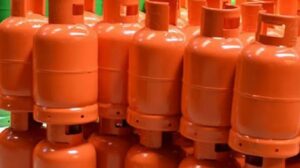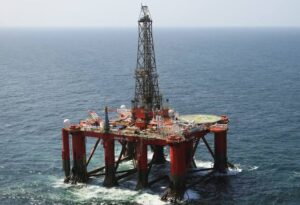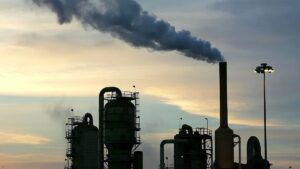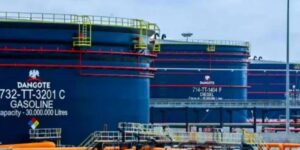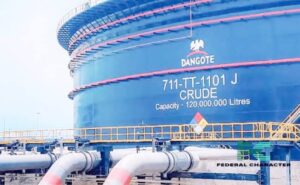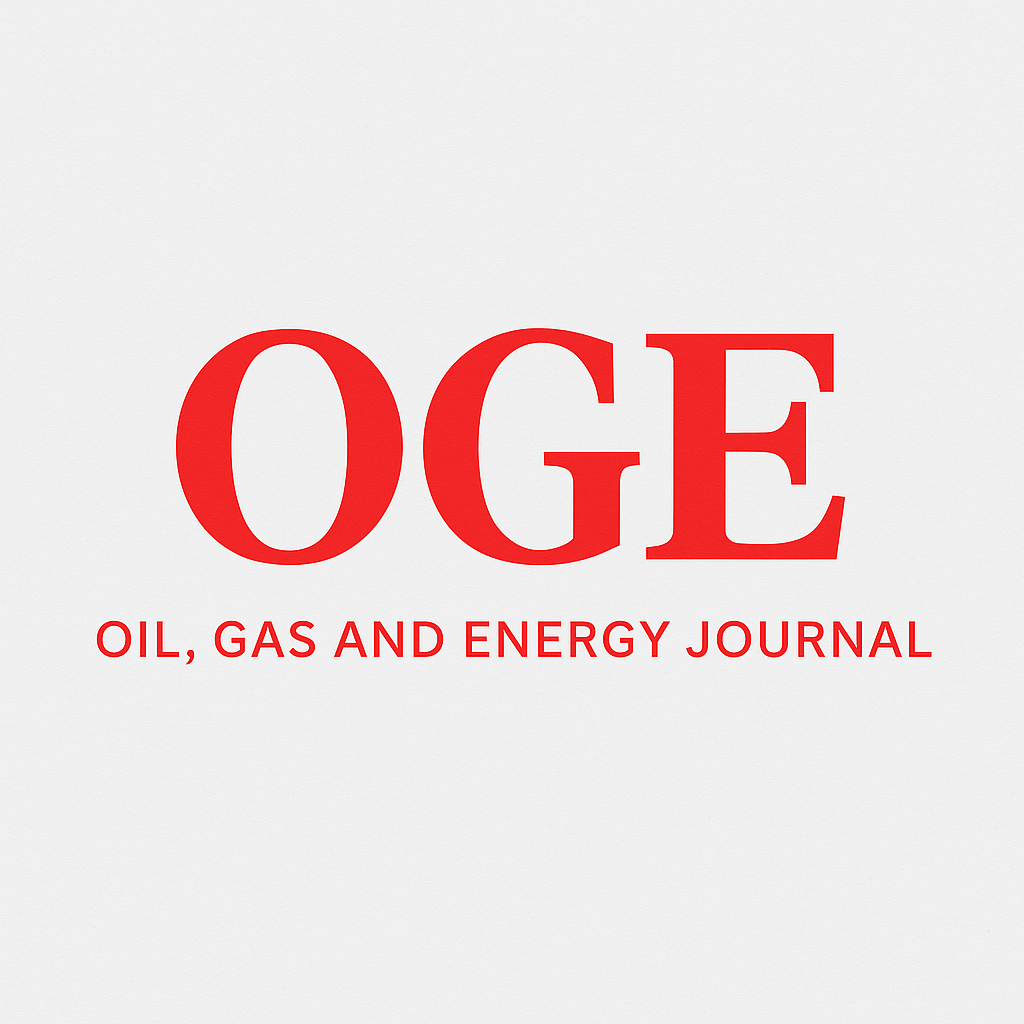A liquefied natural gas (LNG) facility in Australia’s Northern Territory reportedly released methane for almost two decades, according to the Environment Centre NT. The emissions came from a storage tank at the Darwin LNG site, with estimates reaching 184 kilograms of methane per hour as far back as 2006.
The emails, obtained from ConocoPhillips under freedom of information laws, show the company — which ran the plant before Santos Ltd. took over in 2019 — notified the Northern Territory government about the leaks. ConocoPhillips said it had always followed regulatory approvals and engaged openly with authorities, while Santos maintained the tank remains safe and is monitored under ongoing programs.
Although the released methane made up only a small portion of the plant’s overall emissions, experts stress the significance of addressing such “fugitive emissions.” Methane, the primary component of natural gas, traps more than 80 times the heat of carbon dioxide over a 20-year period, making it a critical target for climate action.
“Methane leaks are among the easiest and most effective ways to slow global warming,” said Sean Bay, a climate researcher at La Trobe University.
Darwin LNG, which halted operations in late 2023 after running out of supply, is expected to resume output using gas from Santos’ $4.5 billion Barossa field. The project has faced scrutiny for its high carbon dioxide content. Santos holds a 43% stake in the Darwin LNG venture, with other shareholders including SK Innovation E&S, Inpex Corp., Eni SpA, Jera Co., and Tokyo Gas Co.
The revelations have raised renewed concerns about methane management at major LNG operations and the role of fossil fuel infrastructure in climate change mitigation.



